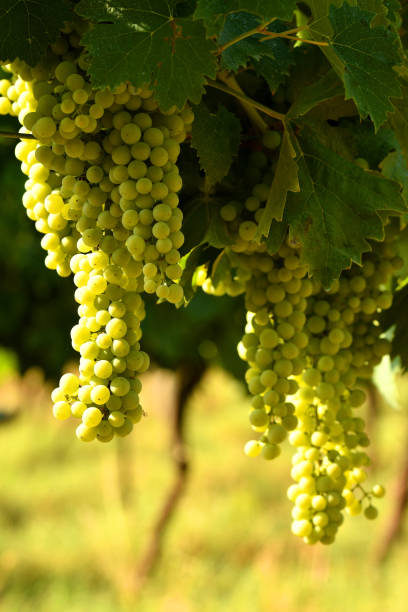Producing quality grapes is the desire of many grape growers. But we cannot forget that our land should be rich for such creation. Many farmers forget this matter properly and without thinking about the health of the soil, they do not see what is needed in the soil and only use various chemicals to produce grapes. Only with the help of chemicals, these grapes are produced, but they do not produce special quality grapes. For this it is important to first understand the soil chemistry of the soil. In a previous section, we have seen how organic carbon is formed, we have also seen how much it needs in the soil, now we are going to see what is the exact function of this organic carbon and how it is. Only after the organic carbon settles in the soil, it is converted into humus, humus is a dark colored and waxy material, chemical analysis of this material reveals 60% organic matter and 6% nitrogen, water and many other minerals and hormones. It is mainly composed of carbon dioxide and nitrogen, the ideal ratio of which is 10:1. This is called curb nitrogen ratio or CN ratio. Many people believe that this substance is the direct food of the crop, but humus is not the food of the plant at all, the roots of the plant never accept this substance, no, it cannot grow at all. Humus is a nutritious protein material, so this material is the food of numerous bacteria in the soil, the bacteria that perform various tasks in the soil are very small in size and they live and grow rapidly only on protein material. (Basically these bacteria are the first natural in the soil) If the soil organic carbon is 0.80% or more, the same bacteria grow at an alarming rate, multiply by two, two by four, four by eight. It can go beyond crores, but don't ask how many bacteria are there in one acre! (Uncountable because we can't count) Now that we have seen what these bacteria do in a backyard, many horticultural farmers may think that the various fertilizers we give to the crop, DAP, Potash or the recent water soluble chemical fertilizers are 100% water soluble. Although plant roots can directly absorb chemical or organic fertilizers, these various fertilizers can absorb free ion particles themselves. , as soon as they reach the soil, countless bacteria present in the soil immediately process these liquid particles and release different ions of calcium and nitrate. Only then the roots take it up in different forms and send it up to the trunk. Overall, the roots of the plant take their food only in the form of ions. It is very important to have the availability of various bacteria in the soil because of the huge and fast movement of bacteria in the soil, and these bacteria live only on organic carbon. All fertilizers are not in the form of free ions, they have to be processed by bacteria, the roots of the crops do not take all the ions of any organic or chemical fertilizer that we have given, but only the ions that the crop needs. Then the unabsorbed ions remain in the soil for some time and then combine with some other heterogeneous ions to form a new type of compound. There are many types of compounds that are not absorbed by the plant and formed in the natural process. or alkaline), the bacteria cannot process it and often the bacteria die or the number of these bacteria is drastically reduced. Such unavailable compounds accumulate on the roots of grape vines and increase the negative charge on the roots. This negative charge is fine during the growing (resting) phase of the vine but disturbs the balance of the vine during fruiting. From this you must have understood that how much and how much fertilizer should be given to the grape vine, so it will be easy to plan how much and how much fertilizer should be given according to what time the grape vine should be charged. This is what we will see in the next few sections.
author-
Mr. Subhash Chandra Karale Sir
Director, SV Agro Solutions
